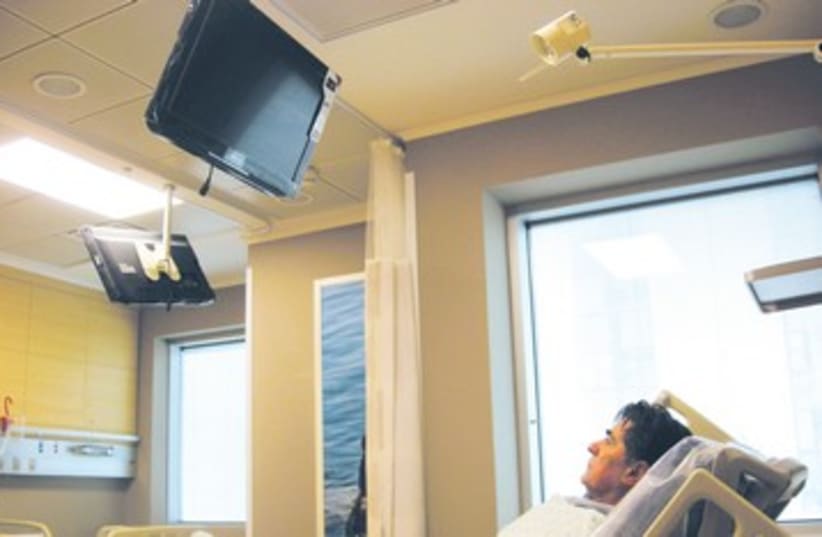A full Health and Science Page feature on the Hadassah hospitalization tower will appear on Sunday, March 25.
Hadassah-Ein Kerem hospital opens $363m. tower
New state-of-the-art building admits first patients today, old facility will be used for research.

A full Health and Science Page feature on the Hadassah hospitalization tower will appear on Sunday, March 25.